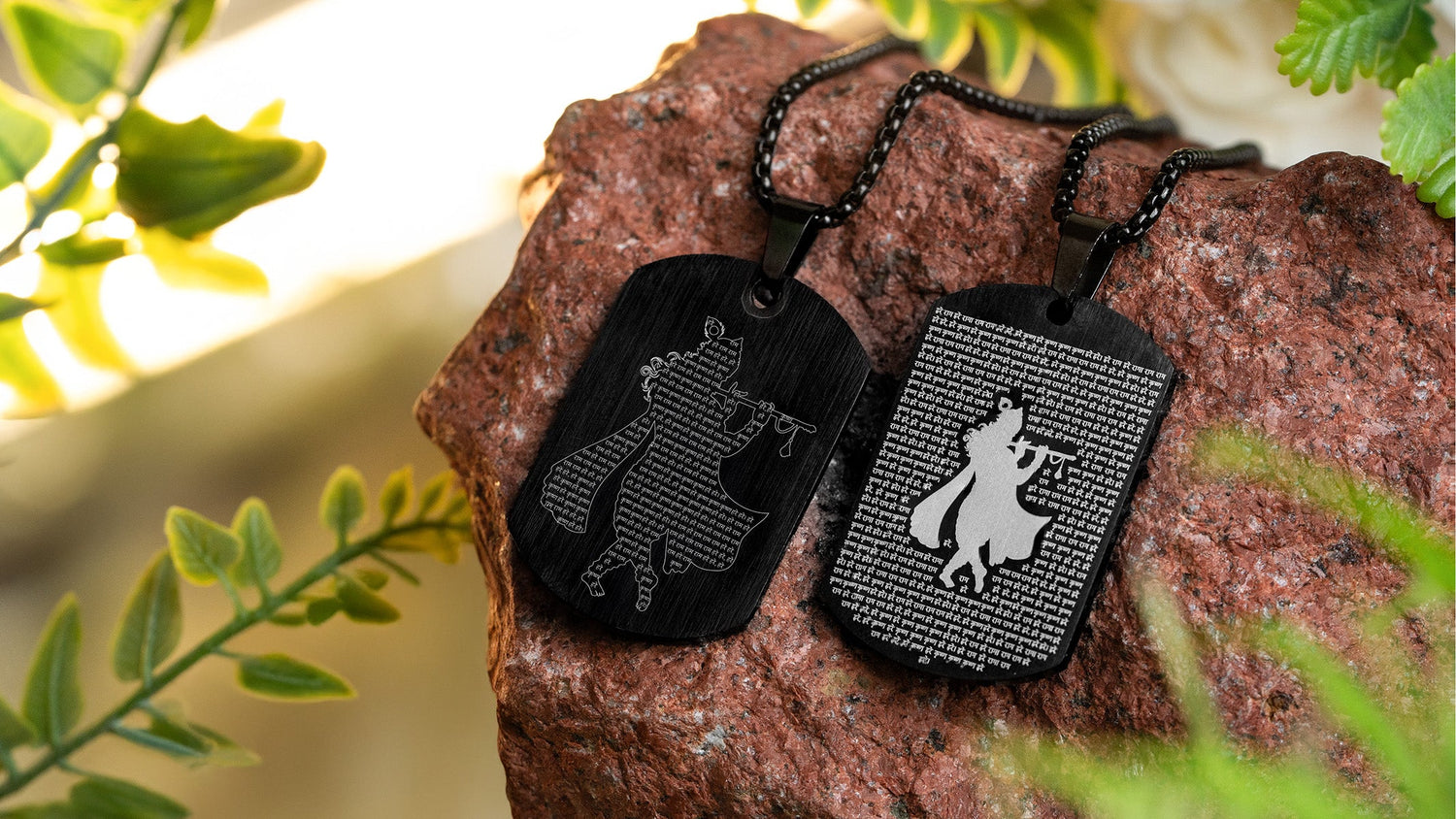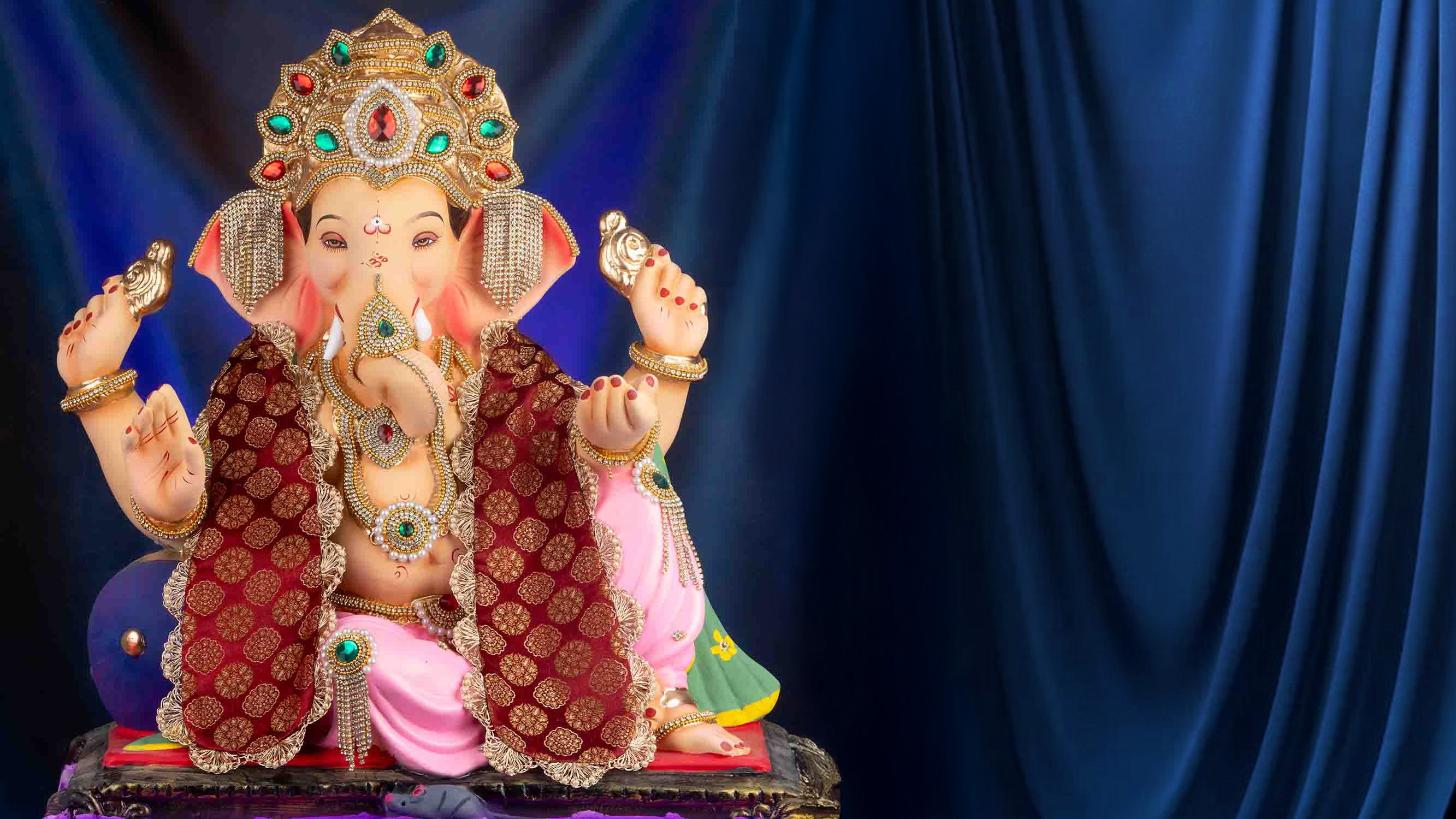Every year, devotees around the world await the midnight hour when the sweet sound of the conch announces the arrival of Lord Krishna. Janmashtami is not just a festival – it’s the retelling of a divine promise kept.
The Night of Krishna’s Birth
Over 5,000 years ago, Mathura was ruled by the cruel King Kansa. A prophecy foretold that his sister Devaki’s eighth child would be his downfall. Blinded by fear, Kansa imprisoned Devaki and her husband Vasudeva, and one by one, he ended the lives of their first six children.
When the eighth child – Krishna – was about to be born, the night turned miraculous. The prison doors opened on their own, the guards fell into a deep sleep, and the Yamuna parted to let Vasudeva carry the newborn safely to Gokul. There, baby Krishna was placed in the loving arms of Yashoda, and a new dawn of hope began.
This is why Janmashtami is celebrated with fasting, singing, dancing, and chanting – to remember the night when the Lord Himself descended to protect dharma and bring joy to the world.
How Janmashtami is Celebrated
Janmashtami celebrations vary across regions but share the same essence of devotion and joy:
-
Midnight Celebrations – As Krishna is believed to have been born at midnight, temples and homes hold special aartis and the ringing of bells marks His divine arrival.
-
Jhulan (Swing) Ceremony – Beautiful cradles decorated with flowers hold small idols of Baby Krishna, gently swung by devotees.
-
Fasting & Feasting – Devotees observe fasts, breaking them after midnight with prasadam made of fruits, milk, and butter – Lord Krishna’s favorites.
-
Dahi Handi – In Maharashtra and other regions, groups form human pyramids to break clay pots filled with curd, symbolizing Krishna’s playful childhood.
Traditional Rituals and Devotional Practices
-
Chanting the Mahamantra – The Hare Krishna, Hare Rama mantra is recited in temples, streets, and homes, believed to bring peace and divine blessings.
-
Scripture Reading – Passages from the Bhagavad Gita and Srimad Bhagavatam recount Krishna’s divine leelas and teachings.
-
Temple Visits – Devotees flock to temples adorned with flowers, lights, and incense, offering prayers and gifts.
-
Bhajan and Kirtan – Music, singing, and dance fill the atmosphere with spiritual joy.
Carrying the Divine Name with You
While Janmashtami is a day of intense remembrance, devotion need not be confined to a single day. Many devotees choose to carry the Lord’s name with them daily – through prayer beads, sacred symbols, or keepsakes that remind them of the Mahamantra’s power.
One such keepsake is a micro-carved tag necklace engraved with Hare Rama Hare Krishna, designed for daily wear as a subtle yet powerful connection to the Lord.
A Time for Reflection and Joy
As you light diyas, swing the jhula, and prepare offerings for Krishna, remember that the true celebration lies in keeping His name alive in your heart. Janmashtami is both a remembrance of His birth and an invitation to invite His presence into our lives every day.
Hare Krishna, Hare Krishna, Krishna Krishna, Hare Hare
Hare Rama, Hare Rama, Rama Rama, Hare Hare
Wishing you a blessed and joyous Janmashtami.




Leave a comment
All comments are moderated before being published.
This site is protected by hCaptcha and the hCaptcha Privacy Policy and Terms of Service apply.